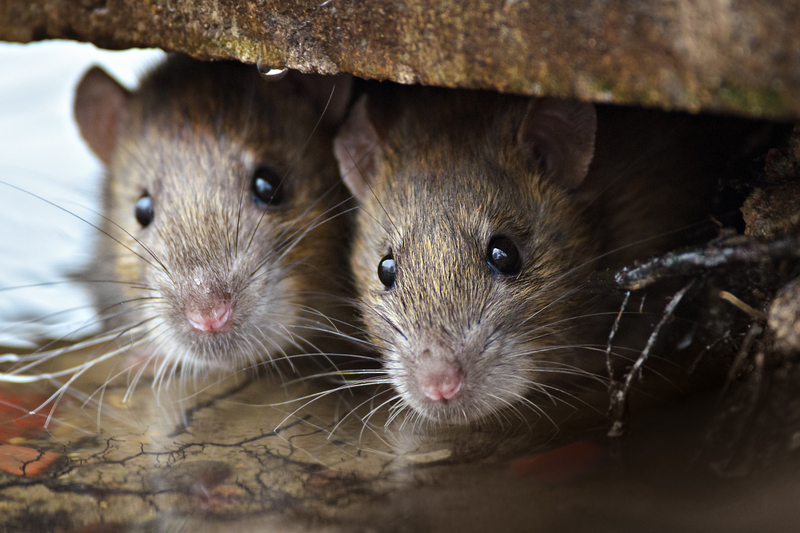Prolong the Life of Velvet Drapes Through Smart Washing
Velvet drapes exude luxury and timeless elegance, instantly elevating any interior space. However, their delicate texture requires proper care to preserve their plush appearance and sophisticated sheen. Without a thoughtful washing routine, the lifespan of your cherished velvet curtains can be significantly shortened. In this comprehensive guide, we'll explore tried-and-true strategies to prolong the life of velvet drapes through smart washing methods, ensuring your window dressings remain as stunning as the day you hung them.

Understanding the Unique Nature of Velvet Drapes
Before diving into the details of washing velvet curtains, it is essential to understand what makes velvet so special. Velvet fabric is woven with a special technique that creates a dense pile, resulting in its signature soft, rich texture and subtle shimmer. However, this pile can easily be crushed, matted, or damaged by improper cleaning methods. That's why velvet drapes require smart, careful washing and handling to prolong their lifespan.
What Damages Velvet Drapes?
- Excessive moisture can warp or shrink velvet fibers.
- Harsh chemicals may strip the fabric's color and sheen.
- Aggressive agitation and wringing can crush the pile.
- Direct sunlight during drying fades and weakens the material.
Therefore, adopting a smart and gentle washing process is crucial if you want your velvet curtains to last.
Before You Start: Assessing Your Velvet Drapes
Not all velvet is created equal. Some are made from cotton velvet, others from synthetic blends, or even silk velvet. Always check the care label on your drapes before proceeding with any washing method. Labels will typically indicate if your velvet is safe for machine washing, hand washing, or if it requires professional dry cleaning. Following these instructions is the first smart step towards prolonging the life of your velvet window treatments.
Types of Velvet & Their Washing Needs
- Cotton velvet: Durable but sensitive to shrinking and crushing. Gentle hand wash recommended.
- Synthetic velvet: Often washable, but check for pile distortion.
- Silk velvet: Extremely delicate, dry clean only.
- Crushed velvet: The pile is already pressed, so it's less sensitive to handling, but still requires gentle care.
Step-by-Step Guide: Smart Washing for Velvet Drapes
Here's a detailed guide to extend the life of your velvet drapes with smart washing techniques:
1. Regular Maintenance and Dust Removal
- Vacuum weekly using a handheld vacuum or the upholstery attachment on your vacuum cleaner, always running in the direction of the nap (pile) to prevent crushing.
- Shake drapes outdoors to loosen lingering dust particles and refresh the fibers.
- Spot clean stains immediately to avoid permanent marks and prevent setting into the fabric.
2. Smart Spot Cleaning for Velvet Curtains
Spot cleaning is the preferred method for most minor stains. Here's how to do it properly:
- Blot the stain gently with a clean, white cloth. Never rub, as rubbing can embed the stain deeper and damage the pile.
- Mix a small amount of mild detergent with water to create a diluted solution.
- Dampen another clean cloth with the solution, and gently dab the stained area.
- Blot with a dry towel to remove excess moisture.
- Air dry the spot completely, avoiding heat sources and sunlight.
Pro Tip: For oil-based or stubborn stains, use cornstarch or baby powder to absorb residue before blotting and cleaning.
3. How to Hand Wash Velvet Drapes
If the label permits hand washing, follow these steps for the best results:
- Fill a clean tub or large basin with cold or lukewarm water.
- Add a small amount of delicate fabric detergent.
- Submerge the velvet carefully, moving it gently in the water without twisting or wringing.
- After a few minutes, drain the soapy water and refill with clean water to rinse.
- Gently press out water by pressing between two towels. Do not wring or twist the drape.
Remember: Always support the weight of wet velvet. It becomes heavy and can easily stretch out of shape if not handled properly.
4. Can You Machine Wash Velvet Drapes?
In general, machine washing is not recommended for natural velvet drapes. However, some modern, synthetic velvet blends may be labelled as machine washable. If this is the case:
- Use the gentlest cycle with cold water, and place drapes inside a large mesh laundry bag.
- Use minimal detergent, and avoid bleach or fabric softeners.
- Once finished, remove promptly and proceed to drying instructions.
Always check manufacturer instructions before opting for machine washing, even with synthetic velvet.
5. Dry Cleaning: A Safe Bet
When in doubt--or if your velvet drapes are labeled 'dry clean only'--take them to a professional cleaner. Dry cleaning uses solvents that clean the fabric without water, effectively preserving the pile and richness of the material. This is the smartest washing method for valuable or antique velvet curtains.
The Importance of Proper Drying
Drying is just as critical as washing when it comes to prolonging the lifespan of velvet drapes. Incorrect drying can cause irreparable pile damage and even mold growth.
- Do not tumble dry velvet curtains. The agitation and heat can distort the pile and shrink the fabric.
- Never wring out velvet. This permanently crushes the fibers and ruins texture.
- Lay drapes flat on a clean, absorbent towel. If space allows, drape them over a wide drying rack, supporting their full length.
- Reshape gently while damp to restore drape and form.
- Allow to air dry naturally, away from direct sunlight and sources of heat.
Refreshing the Pile After Drying
Once your velvet curtains are dry:
- Use a velvet brush or a soft clothes brush to restore the pile, brushing in the direction of the nap.
- If necessary, hover a steam iron (never touching the fabric) over the drapes to relax crushed fibers. Then, gently brush upright.
- Hang the drapes promptly to avoid creases and maintain their flow.
This step helps refresh the "new" look of your velvet, extending its beauty for years to come.
Additional Tips to Prolong Velvet Curtain Life
- Rotate drapes periodically so sun exposure is distributed evenly and prevents premature fading.
- Install curtain liners to shield from dust, pet hair, and excess sunlight.
- Dust and vacuum regularly, as accumulated debris can wear down fibers over time.
- Avoid hanging velvet in high-humidity areas, which can cause mildew and spoil the fabric.
- Store velvet drapes by rolling them gently rather than folding, to prevent creasing and pile damage.
Smart Washing Mistakes to Avoid
Even with the best intentions, it's easy to make mistakes with velvet curtain care. Here are some common pitfalls to sidestep:
- Soaking velvet for prolonged periods, which can break down the pile glue and cause shrinking.
- Using harsh chemical cleaners or bleach, which irreversibly dulls color and texture.
- Ironing directly on velvet; always use a steam method or a protective cloth between iron and fabric.
- Storing drapes while damp, leading to mildew, odors, and fiber breakdown.
- Ignoring care labels--always follow manufacturer's recommendations to prolong drape lifespan.
When Is It Time to Replace Velvet Drapes?
Despite the utmost care, there will come a time when velvet drapes naturally begin to show their age. Signs you might need to replace them include:
- Widespread crushing or matting that does not respond to brushing or steaming
- Significant color fading or staining
- Visible thinning, tearing, or holes in the fabric
- Persistent odors, even after thorough cleaning
However, by following smart washing and maintenance methods, these signs can be delayed for many years, maximizing your investment and keeping your interiors looking their best.

Frequently Asked Questions
Can I use a steam cleaner on velvet curtains?
Yes, but with caution. Always keep the steam nozzle at least a few inches from the fabric, and use the minimum heat setting. Steam can help relax crushed pile and remove wrinkles, but excessive moisture and heat risk damaging the velvet.
How often should velvet drapes be washed?
Ideally, wash velvet drapes only when truly necessary. Over-washing accelerates fabric wear. In most homes, a thorough cleaning once every 1-2 years, complemented by regular spot cleaning and dusting, is sufficient.
Will sunlight damage my velvet curtains?
Yes, prolonged direct sunlight can cause fading and weaken velvet fibers. Use curtain liners or sheers, rotate drapes regularly, and consider window films to protect your investment.
Conclusion: Velvet Drapes Deserve Smart Washing
With their unparalleled softness and opulent look, velvet drapes are an investment worth protecting. By adopting smart washing methods--ranging from spot cleaning and gentle hand washing to knowing when professional dry cleaning is best--you can dramatically prolong the life of your velvet curtains. Combine this with regular maintenance, proper drying, and thoughtful storage, and you'll enjoy vibrant, beautiful drapes that grace your windows for many years.
Remember: The key to prolonging velvet drape life is not just the right washing method, but a holistic approach. With attention and care, your velvet drapes will continue to bring warmth, depth, and elegance to your space for generations.
Ready to Extend the Life of Your Velvet Drapes?
Start implementing these smart velvet care tips today--your elegant window coverings will reward you with long-lasting beauty and style!


